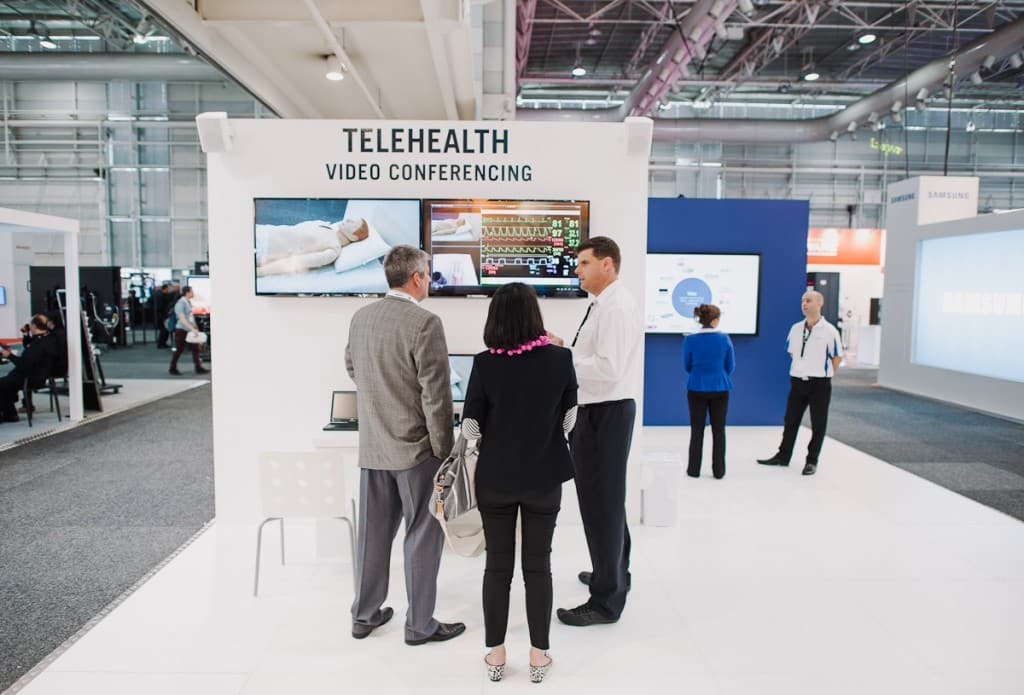The Changing World of Unified Communications
David Danto, Principal Consultant for Collaboration, Video and Multimedia at Dimension Data and Executive Board membr and Carol Zelkin, IMCCA Executive Director lift the clouds around unified communication and collaboration in the workplace, and how consumerism of the enterprise is contributing to the trend.
Unified communications is the only technology that has been “launching” for 16 years. There are many answers to this question. Some have to do with the need to breakdown silos in organisations. Some have to do with manufacturers not making solutions available that really work very well. Some have to do with little or no focus on technology adoption planning. A lot of it, however, has to do with the dramatically changing landscape in technology itself.
For example, just a few years ago our industry was buzzing with the concept of telepresence because we all felt we needed to simulate an “in-person experience.” Now we think video is passé if we can’t get it on our iPad. Why the changed attitude? In order to answer that question, one needs to understand consumerization and where technology is headed as a whole.
The Change in Consumerisation Trends
Big businesses are no longer the primary force behind advances in technology. This leverage has now completely shifted to the general consumer, who has a flat-panel TV in his house and expects one at his office; and has videoconferencing on his tablet with no difficulties at home and can’t understand why he can’t have that in his office.
The trends in technology that are shaking up the consumer world are beginning to shake-up the enterprise.
Four Key Trends in Enterprise Consumerism
1. We are now in the post-smartphone era, as mobile connectivity is becoming less about telephones. These devices aren’t just phones anymore; they’re hubs for all our peripheral services. Think about how many things we used to buy as hardware that are now just apps (cameras, GPSes, etc.) Think about how many new hardware products are being introduced that no longer need controls or status displays (moisture sensors, health monitors, tracking devices, etc.) Our smart devices have become our control hubs and viewfinders for all technology we interact with. This is a key insight for collaborative conferencing, as it marks the beginning of the end of our hardware centric industry as it changes to a software centric one. Eventually the smart device and the appropriate peripherals are the only hardware we will be buying.
2. We are also in the age of algorithms. Our devices are connected to sensors, and are being supplied with intelligent algorithms to not only report what is happening to us, but to understand what that data means. They can provide recommendations, perform optimization, allow for self-driving cars, provide medical advice, etc.
3. The above now allows for what is being called “contextual connectivity.” A smart device no longer just means that it is connected to the internet. It now means that the device can act appropriately based on the data it receives. Instead of just getting a notice that a condition exists, our devices can now understand that condition and act appropriately. For example, a wireless headset no longer just sends and receives audio, it reports where you are, if you’re wearing it, what room you’re in, who you want to be able to reach you, etc. If you put it on it can now change your presence on other systems. Smart devices are now ones that can act appropriately based on context.
4. We’re experiencing the “changing flow of storytelling.” It’s no longer just an email or video chat while we watch events on TV. The new concept of the second screen is showing that we have become content omnivores. We expect and manage simultaneous feeds of data on multiple screens – playing games, watching programming, monitoring smart devices, absorbing related information, etc. Some modern conference rooms following this trend no longer have just one main screen for everyone to view, but rather give participants individual screens on which to display and interact with data.
All these trends mean we’re at a tipping point for collaborative communications.
To read the full article on the InfoComm website, please click here.
-
Stay up to date with the latest news, industry insights and Integrate updates.
- Subscribe

